ACOUSTIC ROOM ANALYSIS
At Sound Krafted, we specialize in providing detailed acoustic analysis for projects requiring effective acoustic treatment. Our team carefully evaluates your space, identifies specific challenges, and develops customized solutions designed to enhance sound quality and reduce noise. Trust us to create an acoustic environment tailored to your unique needs.
ACOUSTIC SOLUTION ONLY REQUIRES 6 STEPS
Survey The Scene
Survey the scene or provide the basic building drawings, photos, and videos of the scene.
The Sound Krafted Survey Team provides a professional acoustic survey for projects that require soundproofing and acoustic treatments. Experienced acoustic specialists perform careful on-site assessments of your retrofit space acoustics. We offer customized solutions and recommendations to enhance sound quality and mitigate noise based on room configuration, sources of noise, and sound interactions. Our team specializes in creating custom solutions that best suit the requirements of where you work, rest or create, so you can trust acoustic excellence at all times.
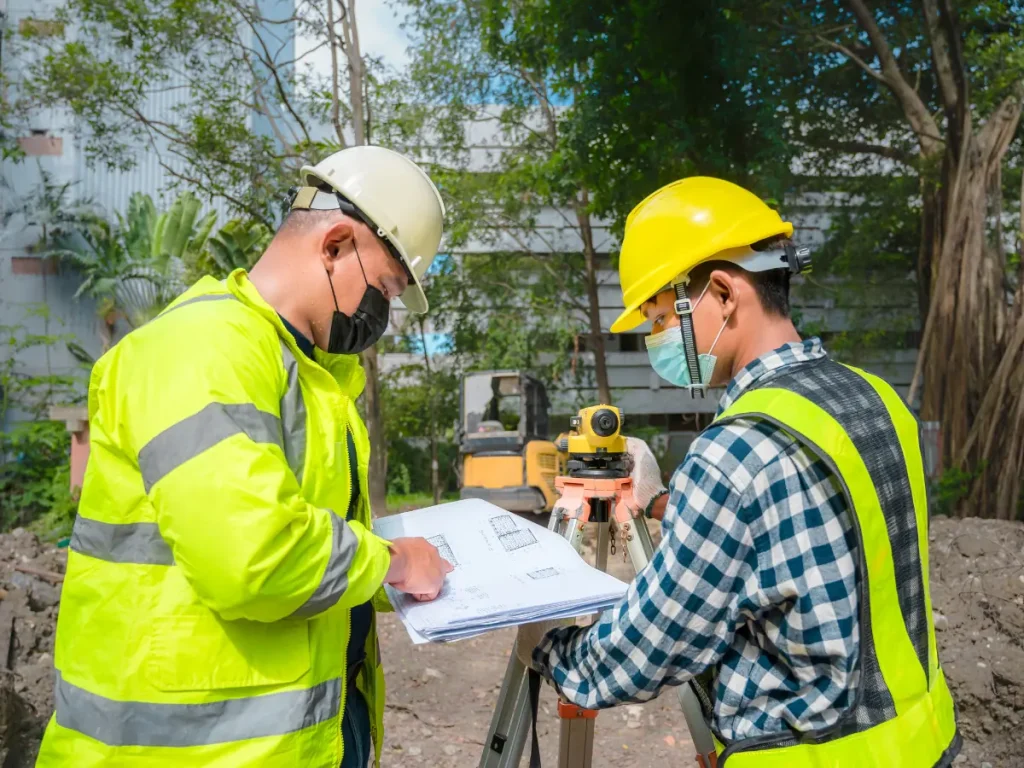
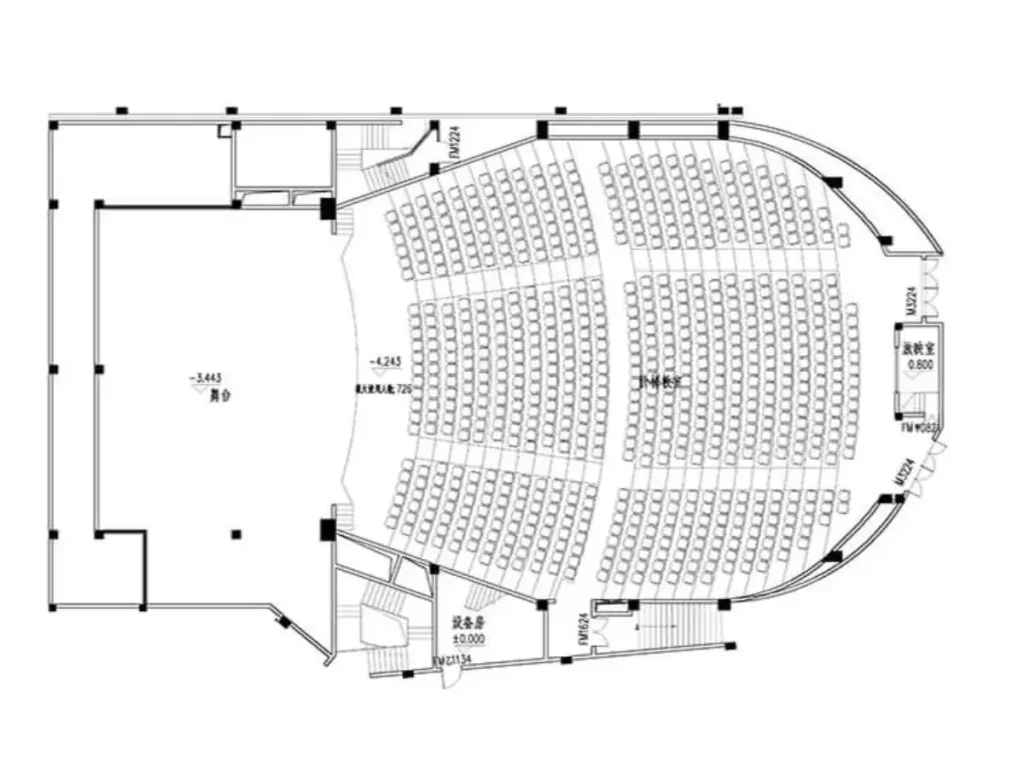
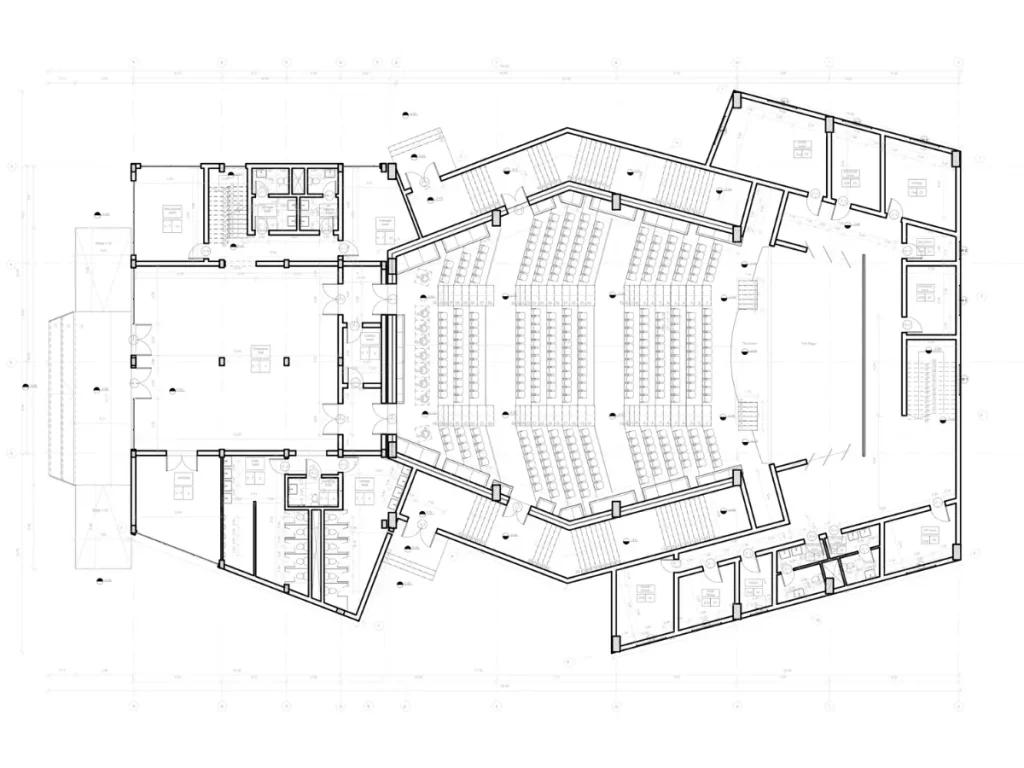
Design The Project
Design the Project Based on Function, Visual Aesthetics Requirement.
Project Description
Acoustic Design of Lecture Classroom
Building Overview
The auditorium spans an area of 707.5m², with the highest floor height reaching 11.09m and the lowest at 6.85m. The width measures 25.5m, and the length is 30.67m. The stage area covers 406.4m², with a floor height of 10.29m. The main stage has a width of 17.8m and a depth of 12.8m.
Seat
The seating arrangement includes 726 pool seats across 26 rows with full steps. The total rise from front to rear is 4.243m, with an average rise of 0.17m per row.
Hall Purpose
A multifunctional hall equipped with a sound reinforcement system as the primary audio source.
Design Basis
1.GB/T 50356-2005 《 Technical specifications for architectural acoustics of theaters, cinemas and multi-purpose halls” 》
2.JGJ57-2016 《 Theater architectural design code 》
3.GB/T 50076-2013 《 Indoor reverberation time measurement specification 》
4.GB/T 15508-1995 《 Speech intelligibility test method 》
5.GB/T 50121-2005 《 Building sound insulation evaluation standard 》
6.《Concert Hall and Opera House 》(by Barrenac).Odeon 14.03 Building sound simulation software.
Design for Decoration
Designing for Aesthetics, Functionality, and Sound & Lighting.
Height of Proscenium
According to JGJ57-2016 《Theatre Architectural Design Code》, the height of the platform should meet the requirements.
Speakers Installation Method
A group of 6 linear array speakers are about 2000mm in length. Therefore, they need at least 2200 height space for hidden installation in the sound bridge. The height from the top to the bottom of the original ceiling beam will be less than 1m, which is not enough to set the ceiling shape reasonably.
Surface Light Bridge Position
According to JGJ57-2016 《Theatre Architectural Design Code》, the position of the surface light bridge should be such that the angle between the center point of the light exit of the lamp and the vertical line of the platform line and the platform is 45°~50°. Class A theaters should have at least two surface light bridges, and Class B theaters should have at least one surface light bridge. For small theaters with less than 800 seats, just install a light bridge.
Horse
The clear height of the horse track should not be less than 1.8m, but it will result in the ceiling height of only 1.34m. Under this height, the shape of the stacked ceiling cannot be arranged reasonably. In order to ensure the acoustic effect, part of the horse track space must be sacrificed.
Ceiling Reflection Requirements
The reflected sound evenly covers the seating area
Ceiling-reflected sound is important in creating a sense of space and enhancing sound intensity. It should be ensured that the reflected sound rays can evenly cover the seating area
The reflected sound should be beneficial for early reflection
Haas effect: When the time difference between the reflected sound and the direct sound is within 35ms, people cannot distinguish between the two sound sources and cannot feel the lagging sound; when the time difference is 35ms~50ms, the lagging sound in the direction of the direct sound can be felt; when the time difference is greater than 50ms, can clearly distinguish the lagging reflected sound and its direction, that is, the obvious echo. The reflected sound delay should be within 35ms and should not exceed 50ms.
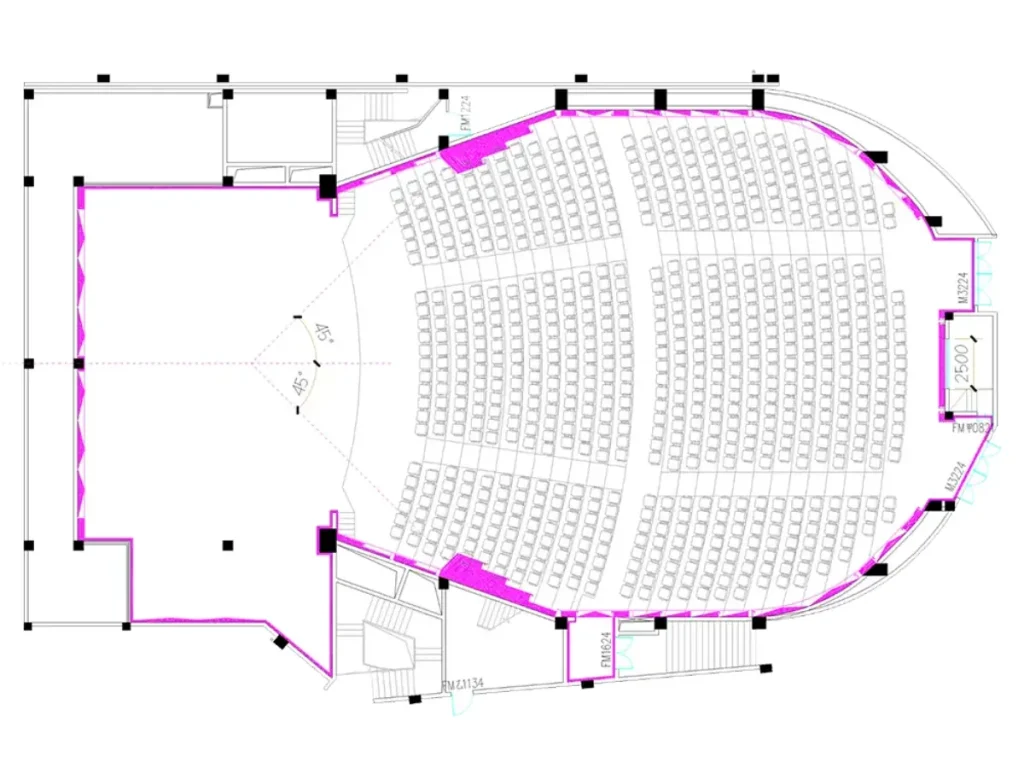
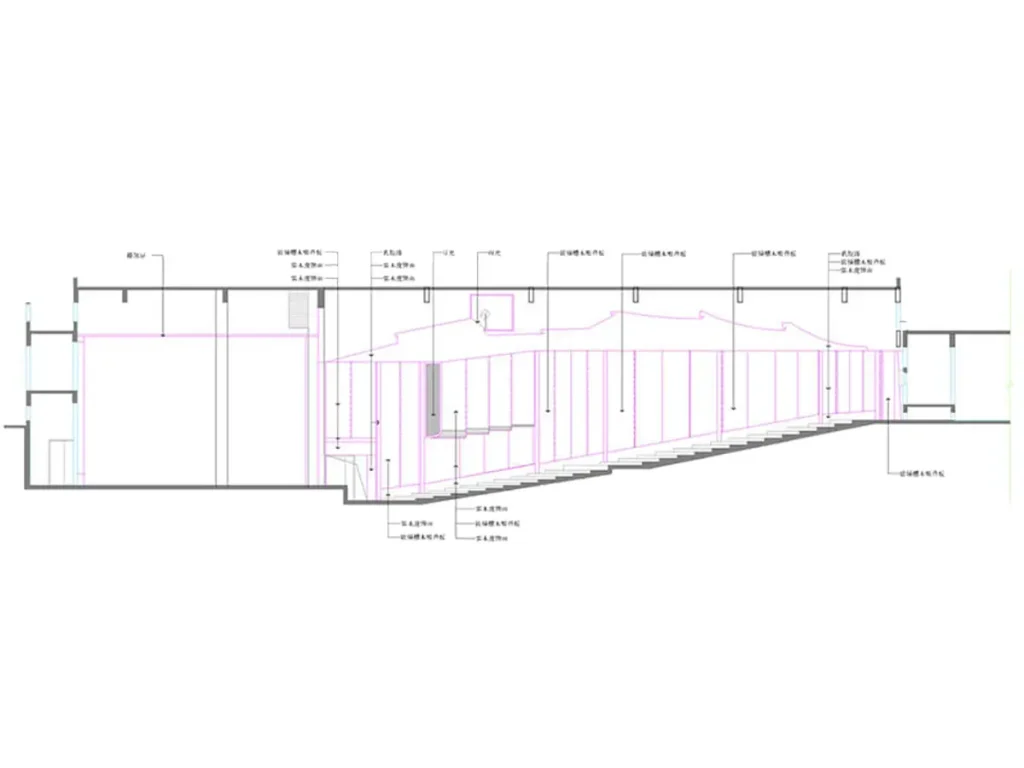
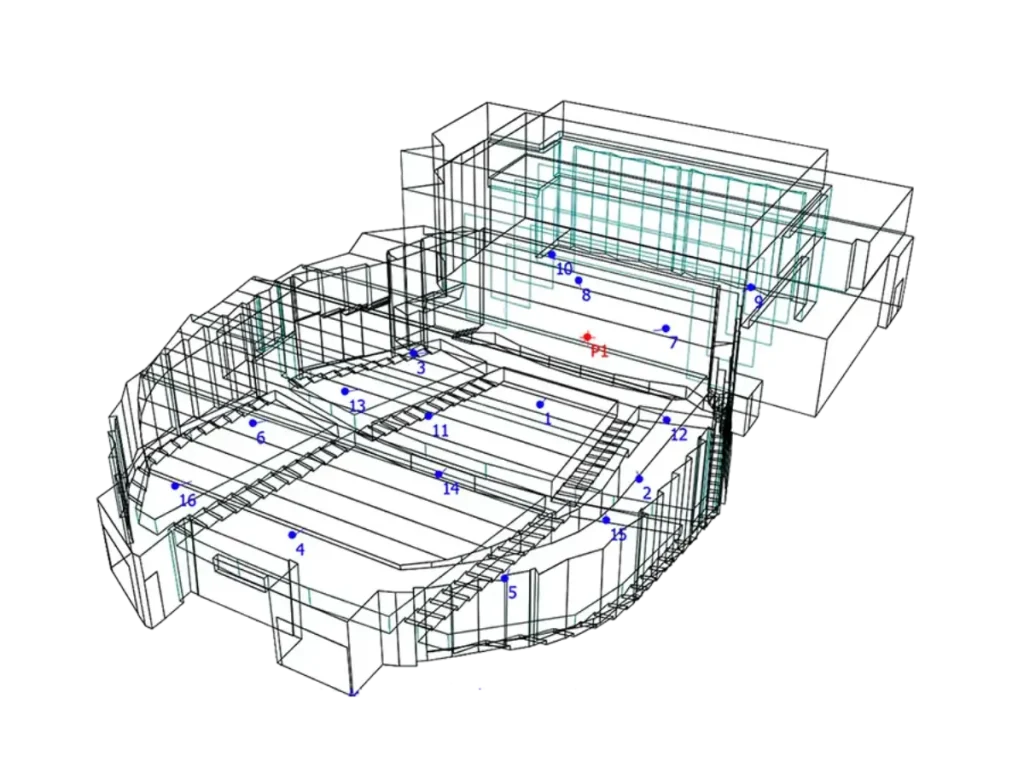
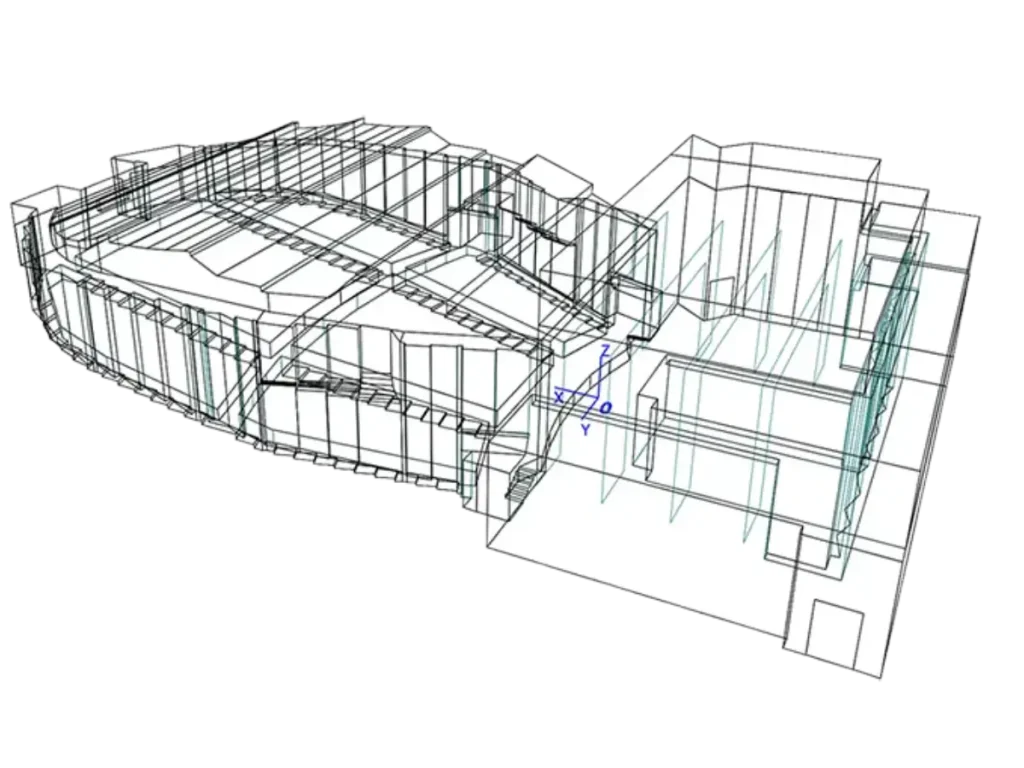
3D Model Of Hall
Develop a mathematical model of the real-life hall.
Simulation method
The computer simulation of the sound field involves creating a mathematical model of the actual hall and simulating the propagation of sound waves within it based on the principles of geometric acoustics. ODEON 14.03 integrates both the sound image method and the sound ray method for accurate analysis.
Coordinate System
The coordinate origin is defined at the intersection of the platform’s central axis and the front edge of the stage floor (elevation ±0.000). The positive Y-axis extends from the origin towards the auditorium, the positive X-axis points from the origin towards the auditorium’s sidewall, and the positive Z-axis extends upward from the origin to the top of the stage.
Sound Absorbing Material Layout
Arrange the layout as outlined in the table from the previous section.
3D Model Establishment
To maintain accurate calculation results, the three-dimensional model simplifies certain aspects of the auditorium: the auditorium floor is elevated 0.8m above ground level with a scattering coefficient of 0.6; doors, windows, and walls are represented on the same plane; and curved surfaces are segmented into smaller flat planes. The final model consists of 696 faces.
Simulation of Data Analysis
Before Soundproofing
After Soundproofing
Submit Design Proposal
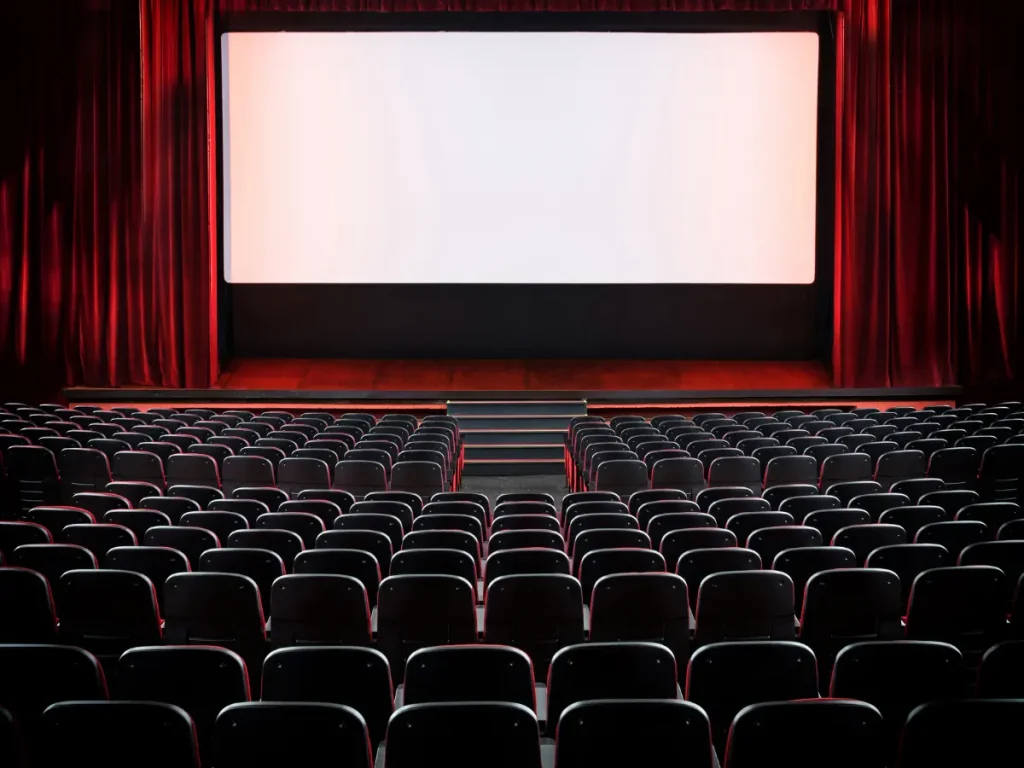
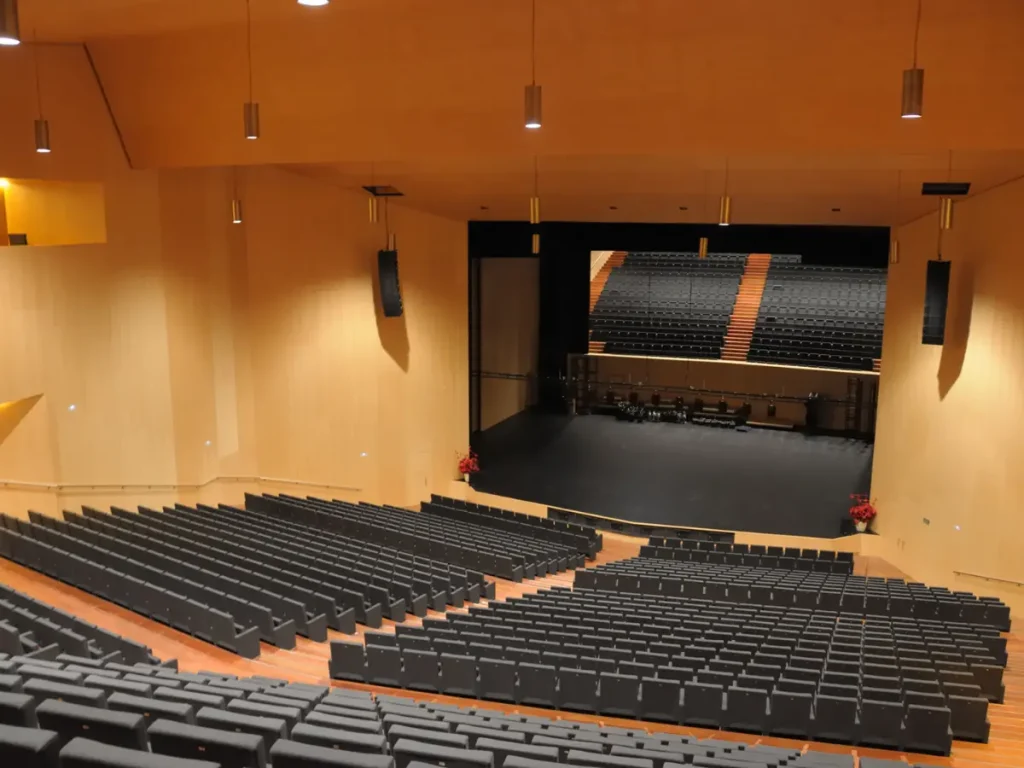
Sound Krafted
Sound Krafted Values
- Our Clients
- Our Projects
- Careers
For Business
For Education
For Entertainment
Copyright © 2025 Sound Krafted. All rights reserved. Privacy Policy | About Us | Contact US 0300-8467101 A Project of MKS Technologies
